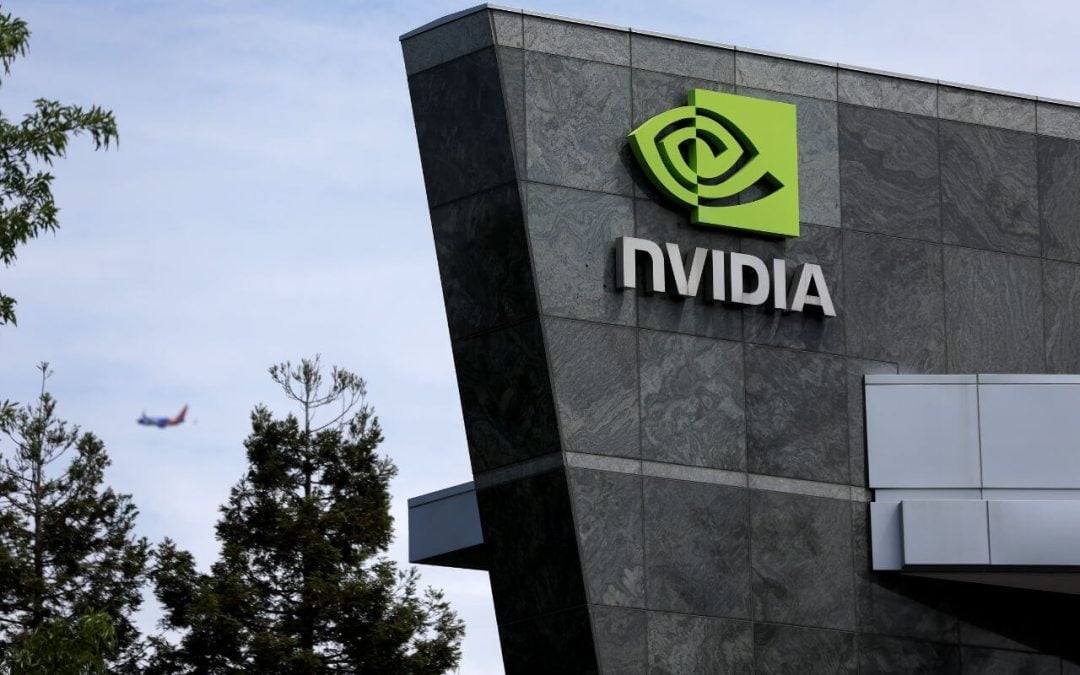The semiconductor industry is witnessing remarkable expansion, driven by the escalating need for advanced computing power in the modern digital economy. Leading innovators such as TSMC and Nvidia are becoming pivotal in the global technology arena.
As AI, cloud computing, and data-intensive applications continue to surge, the demand for state-of-the-art chips is propelling significant increases in both revenue and strategic importance for these key players. Projections indicate that the semiconductor market could reach approximately $1.1 trillion by 2030.
Taiwan Semiconductor Manufacturing Company (TSMC) is strategically positioned to capitalize on this surge. As the world’s largest dedicated independent semiconductor foundry, the company is heavily investing in new fabrication plants (fabs) across multiple regions, including Arizona, Japan, and potentially Germany, to enhance its geographic diversification and strengthen supply chain resilience.
In 2024, TSMC initiated the construction of seven new facilities, including three fabs and two advanced packaging plants. To support these expansion efforts, TSMC is increasing its capital expenditures, with investments projected to rise between 27.5% and 41% in 2025.
The company is also scaling up its advanced packaging capacity, aiming to triple its CoWoS (Chip-on-Wafer-on-Substrate) output to approximately 45,000 to 50,000 units per month by the end of the year. These strategic initiatives underscore TSMC’s commitment to maintaining its leadership in semiconductor manufacturing and meeting the growing needs of its global customers.
Nvidia, on the other hand, has become synonymous with AI-accelerated computing. Nvidia continues to assert its dominance in AI-accelerated computing, with its Graphics Processing Units (GPUs) playing a pivotal role in artificial intelligence workloads.
In the fiscal year 2024, the company allocated $8.68 billion to research and development (R&D), marking an 18.2% increase from the previous year. Projections indicate that R&D expenses could reach approximately $11.67 billion by the end of fiscal year 2025, underscoring Nvidia’s commitment to innovation in the semiconductor sector.
In terms of product development, Nvidia is preparing to launch its GB200 NVL72 liquid-cooled rack systems, part of the new Blackwell chip family. Analysts anticipate that high-volume shipments of these systems will commence in the second quarter of 2025, with an estimated 25,000 to 35,000 units expected to be delivered throughout the year.
Each cabinet houses 72 GPUs, translating to a total of approximately 1.8 million to 2.52 million GPUs. This rollout is poised to significantly enhance Nvidia’s presence in the AI infrastructure market.
Over the past year, the S&P 500 index has generated a return of approximately 23%. In comparison, TSMC has surged by 63%, with its stock currently trading at $203.90 per share, while Nvidia has doubled in value, delivering a 100% return and currently priced at $138.85 per share.
The Shifting Sands of the Semiconductor Market
The semiconductor market is not without its competitive pressures and evolving dynamics. Intel Corp, once the undisputed leader in chip manufacturing, is striving to regain its footing, investing heavily in new fabrication facilities and advanced process technologies. Intel plans to invest upwards of $100 billion in expanding its manufacturing capacity across multiple sites in the US and Europe over the next decade.
Meanwhile, companies like Advanced Micro Devices Inc. are also making significant strides, challenging Intel and Nvidia in key market segments. AMD’s acquisition of Xilinx has broadened its product portfolio and strengthened its position in the data center and embedded markets. The ongoing competition is spurring innovation and driving the development of more powerful, energy-efficient, and specialized chips.
Impact of Geopolitics
It’s impossible to discuss the semiconductor industry without acknowledging the significant influence of geopolitics. With a large portion of the world’s advanced chip manufacturing concentrated in Taiwan, geopolitical tensions have created concerns about supply chain security and resilience.
The US CHIPS Act, for example, allocates billions of dollars in subsidies and incentives to encourage domestic chip manufacturing, with the goal of reducing reliance on overseas suppliers. The European Union is also pursuing similar initiatives, aiming to double its share of global chip production by 2030.
Looking Ahead
The long-term outlook for the semiconductor industry remains exceptionally bright. By 2030, the semiconductor market is projected to reach nearly $1.1 trillion. As AI, 5G, the Internet of Things (IoT), and other transformative technologies continue to mature, the demand for advanced chips will only continue to grow. Continued investments in research and development, advanced manufacturing processes, and strategic partnerships will drive the next wave of innovation.

